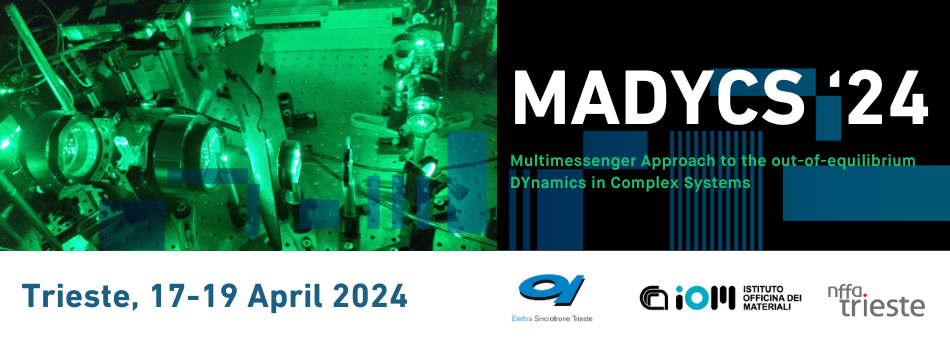Speaker
Description
Two dimensional (2D) transition metal dichalcogenides (TMDs) have received increasing attention because of their optical and electronic properties, including enhanced light-matter interaction, strongly bound excitons, exciton Rydberg states, multiparticle excitonic complexes, and valley-selective circular dichroism [1]. Some of these properties are exploited in the realization of prototypical optoelectronic devices with improved performances and decreased size. Multiple layers of TMDs can also be stacked to form heterostructures (HS) with tailored electronic and optical properties. Most of TMD-based heterobilayers have type II band alignment leading to fast charge separation and formation of interlayer excitons (ILX) characterized by ultra-long population recombination and twist angle dependence [2].
In my talk, I will report on the non-equilibrium optical response of 2D TMDs and their related HS measured by pump-probe optical spectroscopy techniques. In the first part of the talk, I will focus on the dynamics of Rydberg excitons and trions in high quality TMD monolayers encapsulated with hBN [3]. The second part of the talk will be dedicated to the study of charge transfer dynamics in TMD HS. I will show that it is possible to simultaneously detect interlayer hole and electron transfer processes on a 100 fs timescale. The formation dynamics of ILX bleaching signal shows a distinct picosecond delayed growth dynamics significantly longer than that of intralayer excitons. Theoretical calculations based on microscopic Heisenberg equations of motion find that the delayed formation is mainly related to phonon-assisted interlayer scattering of photo-excited carriers that give rise to finite-momentum (i.e. optically dark) hot ILX which quickly exchange energy and momentum with phonon population and become bright [4].
[1] G. Wang et al. Rev. Mod. Phys. 90, 021001 (2018)
[2] Y. Jiang et al. Light: Science & Applications 10, 72 (2021)
[3] A. Genco et at. submitted
[4] V. R. Policht et al. Nat. Commun. 14, 7273 (2023)

